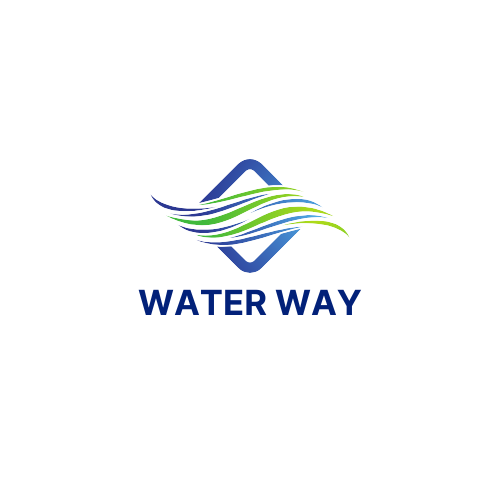Flood Risk: Understanding the impact of climate change on extreme weather events in Hobart
Hobart, Tasmania is prone to extreme weather events, especially flash flooding. How can we better understand the risk of flooding and build a robust model to illustrate the increasing regularity and intensity of flooding? What would the impact of coincident events look like? How can we develop a collaborative flood warning and alert system for Hobart?
Eligibility: Use one or more datasets from CoH Open data portal and ensure the submission relates to understanding flood risk in the city of Hobart.
Go to Challenge | 7 teams have entered this challenge.

